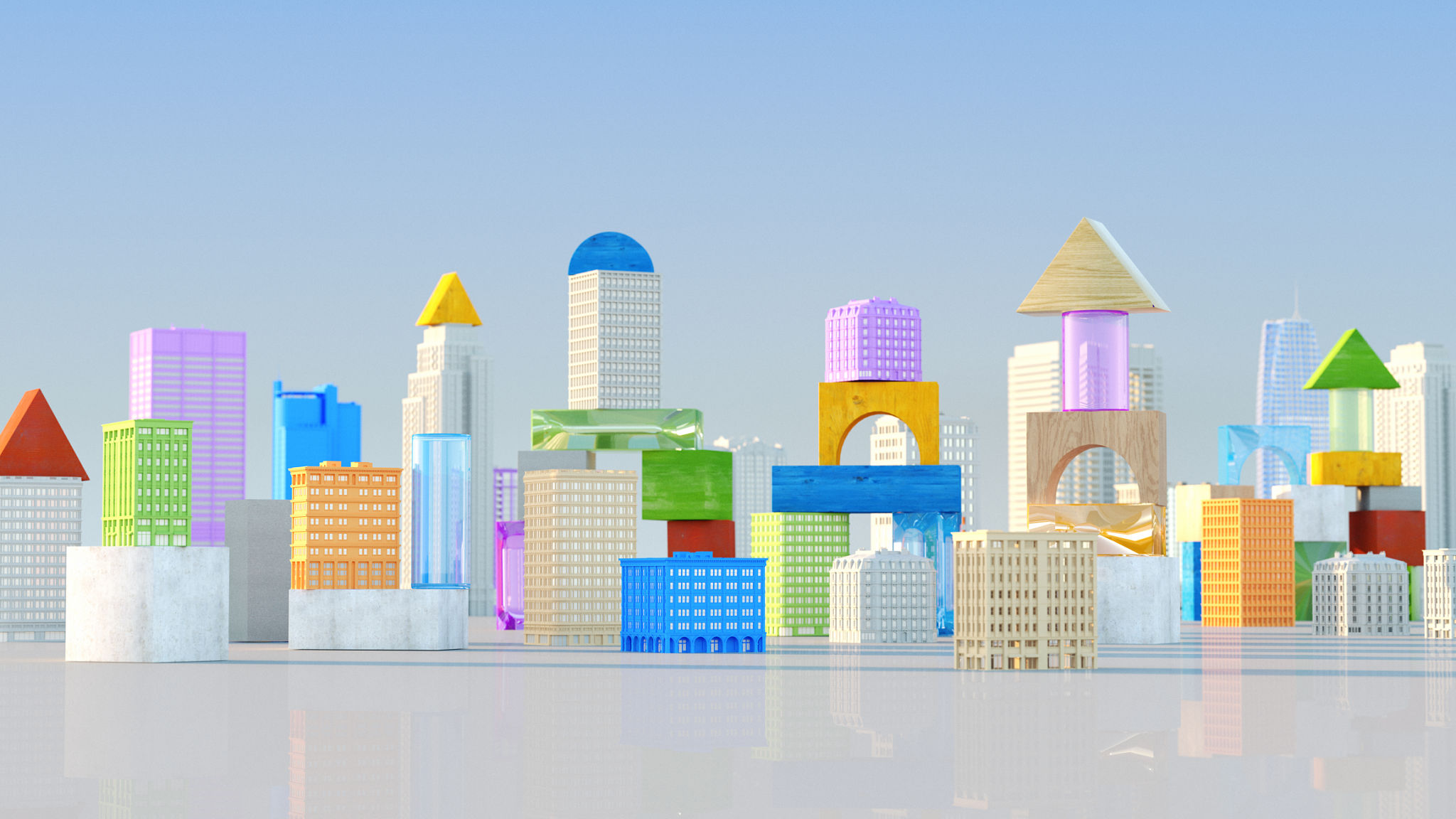The Future of Infrastructure Design: Insights from Industry Experts
Embracing Technological Advancements
The future of infrastructure design is poised for a revolutionary transformation, driven by rapid technological advancements. Industry experts predict that emerging technologies like artificial intelligence (AI), the Internet of Things (IoT), and Building Information Modeling (BIM) will redefine how infrastructure is planned, designed, and managed.
AI, in particular, offers significant potential in optimizing infrastructure projects. By analyzing vast amounts of data, AI can provide predictive insights that enhance decision-making processes, leading to more efficient and cost-effective designs. Furthermore, IoT devices enable real-time monitoring of infrastructure, ensuring that any issues can be addressed promptly before they escalate into major problems.

Sustainability as a Core Principle
As environmental concerns continue to mount, sustainability has become a core principle in infrastructure design. Experts emphasize the importance of integrating eco-friendly practices into every stage of development. This includes using sustainable materials, implementing energy-efficient systems, and designing structures that minimize environmental impact.
Sustainable infrastructure not only benefits the environment but also offers long-term economic advantages. Lower energy consumption and reduced waste generation translate into cost savings, making sustainable projects financially viable. Moreover, as more consumers and businesses prioritize sustainability, eco-friendly infrastructure is likely to attract greater investment.

Collaborative Design Processes
The future of infrastructure design is also characterized by increased collaboration between various stakeholders. Architects, engineers, urban planners, and community members are working together to create designs that meet the needs of all parties involved. This collaborative approach ensures that infrastructure projects are not only functional but also socially inclusive.
Digital platforms and tools are facilitating this collaboration, allowing for seamless communication and information sharing. Virtual reality and augmented reality technologies are particularly useful in providing stakeholders with a clear visual representation of proposed designs, enabling them to offer constructive feedback early in the development process.
Innovative Materials and Construction Techniques
The adoption of innovative materials and construction techniques is another key trend shaping the future of infrastructure design. From self-healing concrete to 3D-printed structures, these advancements promise to enhance the durability and efficiency of infrastructure projects.
Self-healing concrete, for example, addresses one of the most common issues in construction—cracks. By incorporating bacteria that produce limestone when exposed to water, self-healing concrete can automatically repair minor cracks, extending the lifespan of structures. Meanwhile, 3D printing technology offers the potential for faster and more cost-effective construction, allowing for complex designs that were previously unimaginable.

Adapting to Urbanization and Population Growth
As urbanization and population growth continue to accelerate, infrastructure design must adapt to these changing dynamics. Experts highlight the need for smart city solutions that can accommodate increasing urban populations while maintaining a high quality of life.
Smart city technologies integrate data from various sources to optimize urban services such as transportation, energy distribution, and waste management. By creating interconnected urban environments, cities can become more efficient, resilient, and sustainable, ultimately improving the lives of their inhabitants.
Conclusion: A Vision for the Future
The future of infrastructure design holds exciting possibilities as technological innovations and sustainable practices take center stage. By embracing these changes, industry professionals can create resilient, efficient, and inclusive infrastructure that meets the demands of a rapidly evolving world.
As we look ahead, collaboration among stakeholders will be crucial in realizing this vision. By working together to harness new technologies and prioritize sustainability, we can build a future where infrastructure not only supports society's needs but also enhances our overall quality of life.